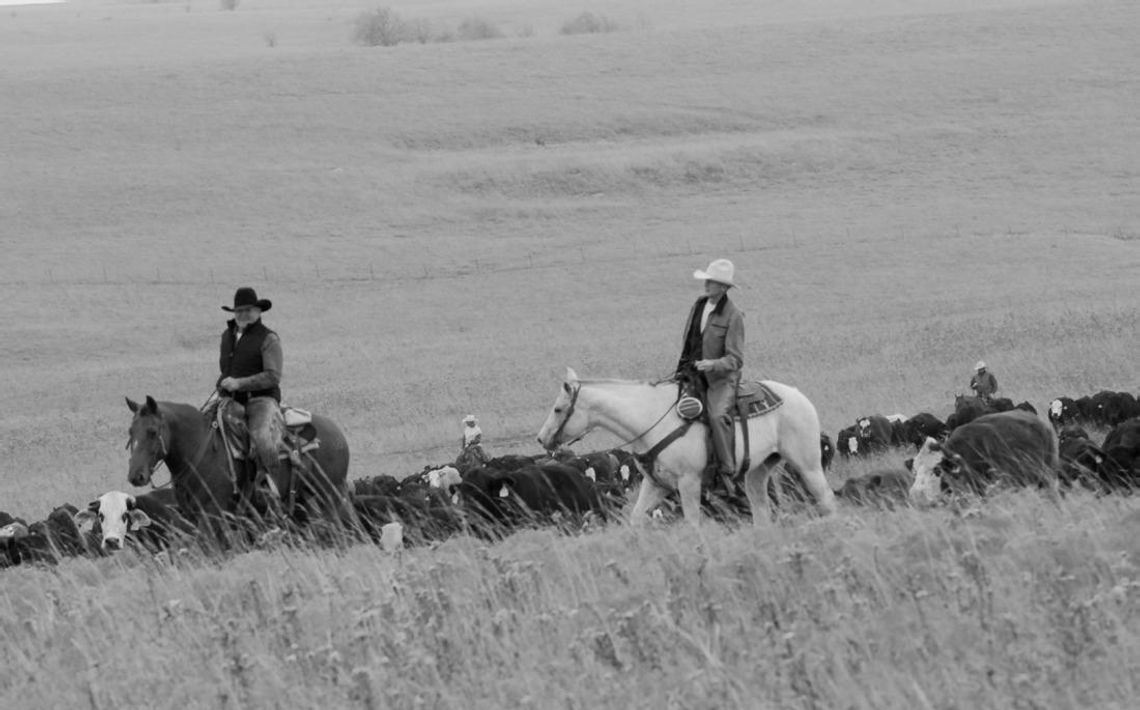I began my journey of understanding farmers and ranchers in the village of Pacora in Colombia, South America. Although I grew up in rural Kansas, I knew little about agriculture. However, one simple comment in the village sent me on a journey to understand.
I was in Pacora inspecting the distribution of food aid we sent in 2011 because farmers lost their crops in flooding. As we walked along, the mayor pointed at farmers and said, “Without them, we die.”
I had spent a decade involved in international hunger relief, yet I suddenly realized I needed to understand agriculture to engage in the fight against hunger.
At the first agricultural conference I attended, I asked someone, “I see the signs that state, ‘Kansas farmers feed 155 people plus you,’ but how does that work? I have lived around farms and ranches all my life and have never bought anything from them?”
He explained how wheat is grown here but shipped somewhere else to be processed, then comes to our grocery stores in a loaf of bread. However, he said there was a growing interest by both farmers and consumers in direct-to-consumer sales of meat, dairy, vegetables, honey and other food products grown on the farm.
Dr. Curt Kastner, the director of food science at Kansas State University, later explained direct- to-consumer sales was part of a bigger picture of a local food system, which was composed of three basic components: production (growing a plant or animal for human consumption); processing (preparing the plant or animal for human consumption); and distribution (getting that product to the consumer’s plate).
Castner was serving on an advisory committee for the Department of Homeland Security, which had an interest in developing local food systems with all three components. They were concerned about terroristic threats to our global food system so local food systems could serve as resilience mechanisms.
The idea of starting a local food system in El Dorado intrigued me. I had founded Numana and we were part of the Alliance to End Hunger in Washington, D.C., which had a program called The Hunger Free Communities Network. They were looking for new ideas of providing food security at a local level, so my team and I began to write a local food system model we called, “Numana Gardens.”
I began to understand how large- and small-scale agriculture works. Large scale describes commodities like wheat, corn, sorghum and soy. Small scale describes specialty crops like vegetables, fruits and meat sold direct-to-consumer.
I also observed two primary needs and opportunities for a local food system to thrive. The first was a digital hub that connected producers, processors and distributors to consumers. Second was the availability of small-scale commercial processors for both meat and vegetables.
While our wonderful global food system is set up to produce and process commodities like wheat, corn, sorghum and soy at scale, over time the ability to process meat and produce at a smaller scale has either diminished or disappeared.
Although my time at Numana ended prematurely, I continued to question how I could start one in Kansas. Alas, much of my work felt like trying to pound square pegs in round holes.
Another significant event helped after when I attended the FFA Convention in Louisville in 2015. At one time, FFA stood for, “Future Farmers of America,” but they have reduced it to simply, the National FFA Organization. At that convention, I kept hearing this phrase, “We need to tell our story better.”
On my trip home, I pondered if I could help tell their story, so I called Steve Baccus, who was the outgoing president of Kansas Farm Bureau, with my idea to write about their farmers and ranchers as an outsider-looking-in. He set up a meeting with the incoming president, Rich Felts and the CEO, Terry Holdren. They thought it was worth a try, so they connected me with Meagan Cramer, the director of communications and marketing. I began writing for their Kansas Living magazine in 2015.
As I began to interview and write about farmers and ranchers, I fell in love with them and want to be known as their biggest cheerleader. I grab whatever spotlight I can to shine the light on these hard-working people grow the food we eat, not as a profession, but as a calling.
Incidentally, shortly after launching Shop Kansas Farms, I realized I had created a digital hub of a food system to connect producers, processors and distributors.
I would encourage you to learn about, and fall in love with, your local farmers and ranchers, too. You can find them on our website, www.shopkansasfarms. com.
Rick McNary is a leader in bringing people together to build community and reduce hunger in sustainable ways.
(Courtesy photos)



